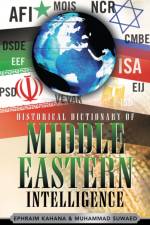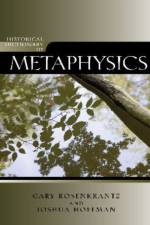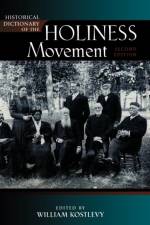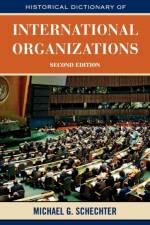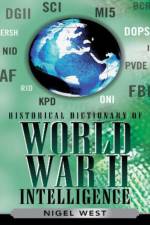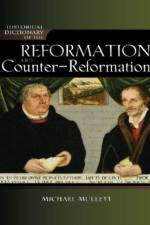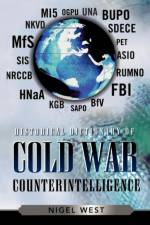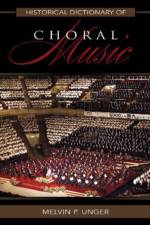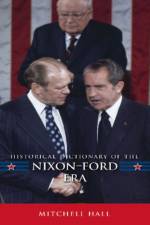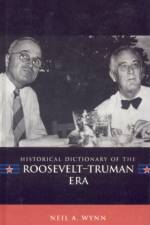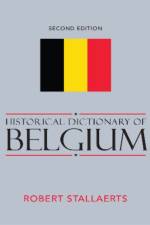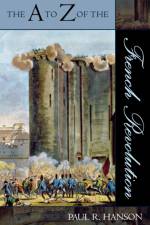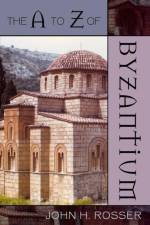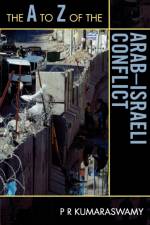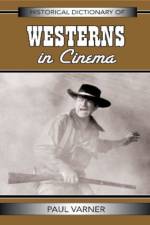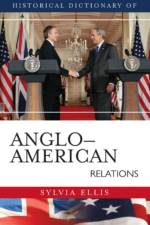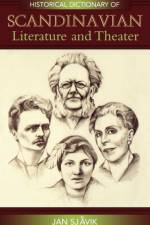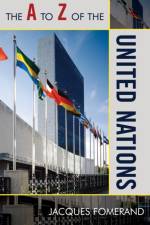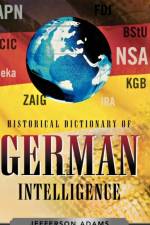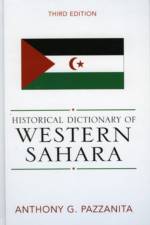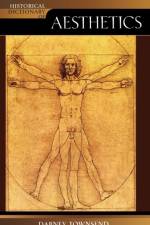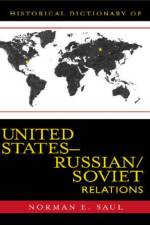av Andrei Brezianu & Vlad Spanu
1 869
The Republic of Moldova claims a European lineage reaching back in time long before its 14th century accession to statehood. In the 15th century, it managed against all odds to avoid being conquered by Islam and_albeit an intermittent vassal after 1485_it maintained its autonomy and was never turned into a province of the Ottoman Empire. After this period, however, Moldova would not be so fortunate, as it altered between Russian, Romanian, and Soviet control until it finally gained its independence in 1991 from the Soviet Union. The second edition of the Historical Dictionary of Moldova, through its chronology, introduction, appendixes, maps, bibliography, and hundreds of cross-referenced dictionary entries on important persons, places, events, and institutions and significant political, economic, social, and cultural aspects, traces the history of this small, but densely populated country, providing a compass for the direction it is heading.



